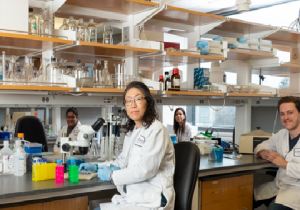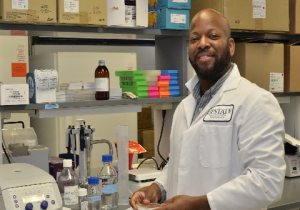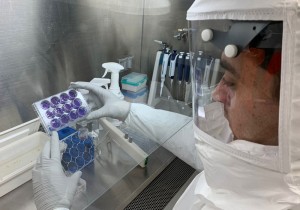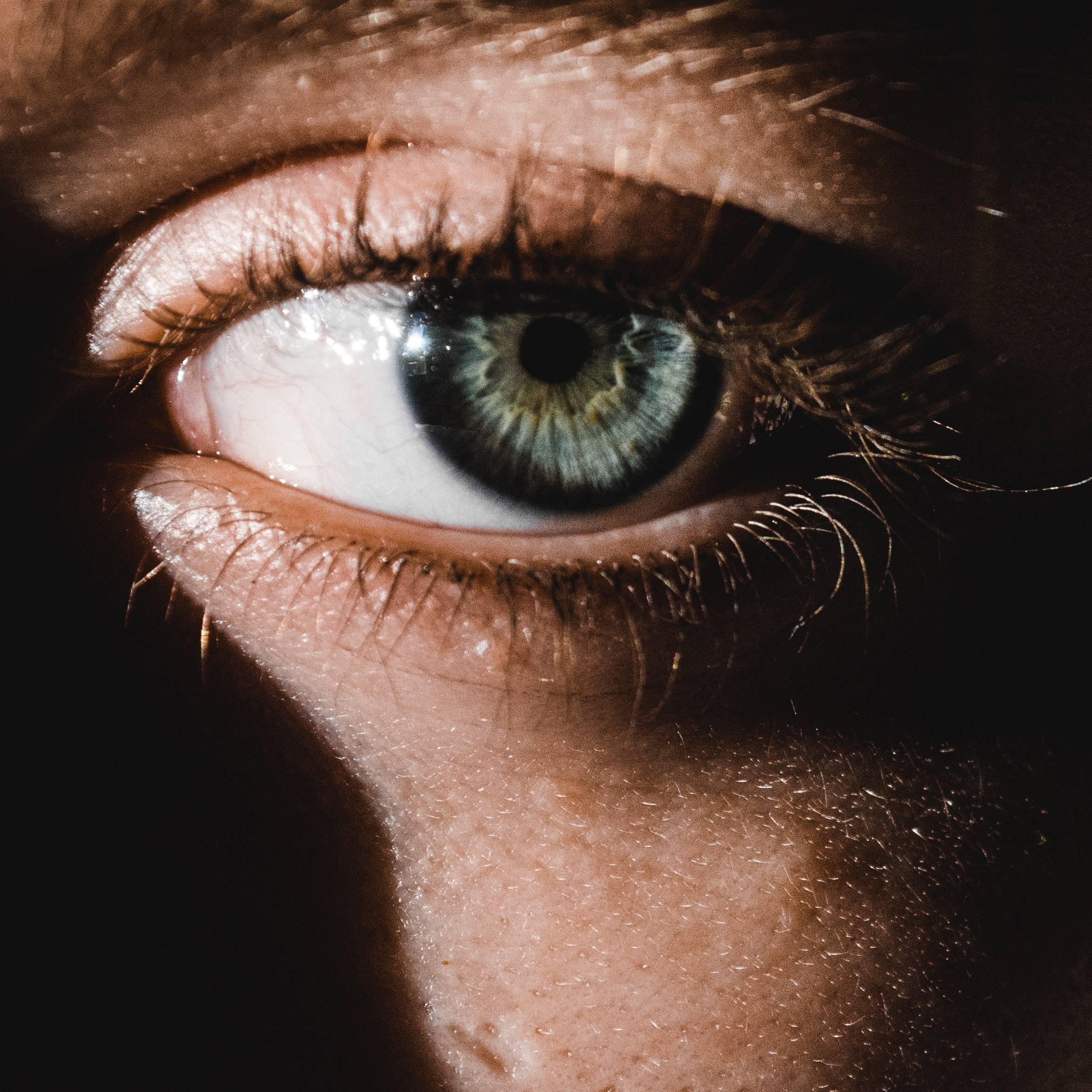Home

With the resources of the SUNY Research Foundation, and our history of successful partnerships, we are here to help move biomedical products and ideas to market.

Our scientists and core facilities can help move discoveries into practice and technologies into the marketplace.

Upstate is home to top research facilities with highly specialized equipment and advanced instrumentation, to support research and product development.

We are here to create the relationships and partnerships needed to move innovative ideas forward.
Recent Tech from SUNY Upstate
.jpeg)
A method for improving fluid flow around or through an endoscope using radially oriented projection...
A method for improving fluid flow around or through an endoscope using radially oriented projections. Background:
During ureteroscopy, the irrigation fluid used to distend the kidney and make stones easier to extract can also cause problems. It can cause a buildup of pressure in the pelvis, and any bacteria which are present can get pushed up into the kidney with the fluid, placing patients at risk for sepsis and pain.Intrapelvic pressure is directly related to fluid inflow and outflow. Mathematical models examining fluid flow patterns within the pelvis and ureter during ureteroscopy suggest that the diameter of the endoscope is a critical parameter in fluid flow rate. Lower pressure is thought to reduce bleeding and sepsis.
Technology Overview:
SUNY Upstate Medical University researchers have determined the optimal shape of a ureteroscope for reducing intrapelvic pressure. They found that by offsetting the endoscope to the side of the access sheath, fluid outflow was improved and pressure was reduced. In order to achieve this displacement in a stable way, they added small, radially emanating, collapsible projections either to the inside the ureteral access sheath or to the shaft of the ureteroscope itself. Any endoscope or catheter can be adapted with these projections, including bronchoscopes. https://suny.technologypublisher.com/files/sites/adobestock_337037079_(1).jpegAdvantages:
• Reduces pressure that can cause infection, injury, and pain.
• Modifications can be used to adapt any endoscope or catheter. Applications:
• Reduces pressure buildup during endoscopic procedures. Intellectual Property Summary:
• Provisional Filed 63/150,163
Licensing Status:
This technology is available for licensing.
.jpeg)
Combined drill guide and suture passer for use in assisting repair following posterior approach tot...
Combined drill guide and suture passer for use in assisting repair following posterior approach total hip arthroplasty. Background:
The posterior approach to the hip for total hip replacement as well as trauma, pediatric orthopedic surgery, and tumors is the most common approach for total hip arthroplasties. However, the performance of this surgery carries risks given the lack of a devoted and standardized instrument to assist in repairing the soft tissues over the hip joint before closure, leaving room for mistakes given that the repair is operator dependent.Technology Overview:
Upstate Medical University Orthopedic Surgeons have designed a device that features a drill guide and suture passer for posterior approach total hip arthroplasty. The device will facilitate hole drilling, as well as passing and tying sutures over the desired tissues. This will eliminate the need to visually decide where to place the drill to make the holes, as well as manually passing the suture passer through the holes to repair the tissues of the surgery for a faster, more precise, and easier procedure, which could reduce the total time of surgery, minimize risk of posterior hip dislocation and may decrease patient recovery time. https://suny.technologypublisher.com/files/sites/adobestock_272951884_(1).jpeg Advantages: • Sterilizable metallic surgical instrument for repetitive use.
• Less variability of results due to user experience level.
• Expedites closure process, minimizing post-operative risks.Intellectual Property Summary:
Patent Pending US 18/236,641Stage of Development:
TRL 3 - Experimental proof of concept Licensing Status:
This technology is available for licensing.
.jpeg)
A minimally invasive option for treating urogenital stricture and other wounds using liquid buccal m...
A minimally invasive option for treating urogenital stricture and other wounds using liquid buccal mucosa tissue graft. Background: There is no agreed upon optimal treatment for urogenital stricture disease, which occurs when inflammation or scar tissue narrows the ureter/urethra. Noninvasive options include: 1. using dilators of increasing size or a balloon catheter to temporarily stretch the stricture (requires repeating and is likely very painful), and 2. cutting to widen the urethral lumen and using a stent or catheter temporarily to keep it open and allow healing. At best, however, these minimally invasive procedures are curative in only about 10% of the cases.
There is a third treatment option, open reconstruction. In this procedure, the strictured segment is either completely resected or longitudinally incised; and the urethra or ureter is reconstructed by primary anastomosis or augmented/substituted using a free graft, skin flap, or intestinal segment. While open reconstruction is effective, it is unpopular because it is invasive and has a long recovery time. It also requires specialized surgical training and expertise and is technically more difficult than the non-invasive procedures. Technology Overview: SUNY Upstate Medical researchers have developed a novel, more effective minimally-invasive procedure to widen a luminal stricture. The improvement involves covering and protecting the wound with liquified epithelium (liquid micro-grafts) developed by harvesting, dissociating, and suspending buccal mucosa tissue in a carrier solution. The wound can be internal; some examples include wounds located within the urogenital tract duct or organ, the gastrointestinal tract duct or organ, or another lumen containing duct or organ of the subject. The wound can be external. This method can also be used to treat an area of the lumen where scar tissue is removed or incised. In each case, quality of recovery is improved and time of recovery is shortened. In addition, the cost of minimally invasive procedures is less than that of open reconstruction. Advantages:
- Shorter time of recovery and improved quality of recovery
- Less invasive and less expensive than open urologic reconstruction.
- Cure rate similar to open reconstruction
- External wounds
- Internal wounds
- Lumenal scar tissue repair

Targeted gene silencing technology promotes corneal wound healing. Background: Ocular scarring after...
Targeted gene silencing technology promotes corneal wound healing. Background: Ocular scarring after surgery, trauma, or infection leads to vision loss and blindness. Blindness due to corneal scarring can currently only be resolved by transplantation, necessitating new approaches in regenerative wound healing in the eye. Technology Overview: A self-deliverable siRNA has been developed by Upstate Medical University researchers to specifically target a gene that modulates scarring in order to promote corneal wound healing. The approach has been validated ex vivo and in vivo, with treatment after corneal wounding resulting in faster wound closure, limited scarring, suppression of fibrotic markers, and restoration of corneal thickness. https://suny.technologypublisher.com/files/sites/110-2089.jpghttps://www.pexels.com/photo/human-eye-2609925/ Advantages:
- Targeted siRNA therapy circumvents the need for immunologically compatible corneal donors.
- In vivo studies demonstrate this therapy promotes 41.5% reduction in scarring
- Effective treatment for corneal scarring resulting from mechanical injuries, burns, infections or surgery.
- Model useful to study pathogenesis of fibrotic healing.



